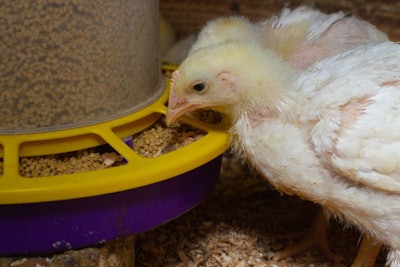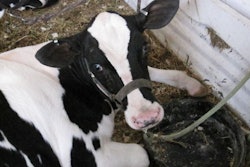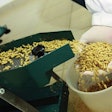
Nutrition the main theme of this virtual event
I just finished watching the digital 2021 International Poultry Science Forum (IPSF) that was a part of this year’s virtual International Production & Processing Expo (IPPE), which usually takes place in Atlanta. It was actually nice to be able to take part in this event without having to fly over half the world to do so. Below are three major points I think are worth sharing.
- Nutrition was the main theme (possibly more than 50%) with many concurrent sessions. This signifies the importance of nutrition, but also the main source for marketing research funds. Nutrition was the only theme with more than one concurrent session.
- The largest volume of nutrition research reports was about feed additives. Of these, three additives were dominant in terms of volume.
- Phytase had its own session, the very first in the whole meeting. This was somewhat surprising, but it illustrates the power of phytase as it continues to draw significant marketing funds to research despite more than 30 years of existence and prior heavy marketing. We clearly have not seen the end of phytase development.
- Amino acid nutrition is gaining momentum; low-protein diets and feed-grade amino acids become the norm as novel amino acids become available. Not only is basic amino acid nutrition being re-evaluated, but the functional properties of some amino acids are being further explored.
- Phytogenics continue to be investigated not only as antibiotic replacements for growth-promoting purposes, but now as measures against diseases such as necrotic enteritis and coccidiosis. Results remain inconclusive, so more research is going to be generated as the industry becomes inundated with novel products.
- Feed manufacturing was the other major theme of this meeting. The effects of grinding corn and soy to different particle sizes were discussed – and it is interesting to see contradicting results even with older data. In addition, other aspects of manufacturing were investigated, such as pellet diameter and feed form (meal vs. crumbles/pellets). It is always fascinating to see such research as broilers often do not respond as predicted.
All in all, this was a very interesting event and a great opportunity to get to know researchers from universities such as University of Georgia and Auburn University that continue to lead broiler nutrition research in the U.S. I will certainly be attending the 2022 IPSF.


















